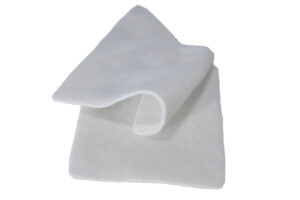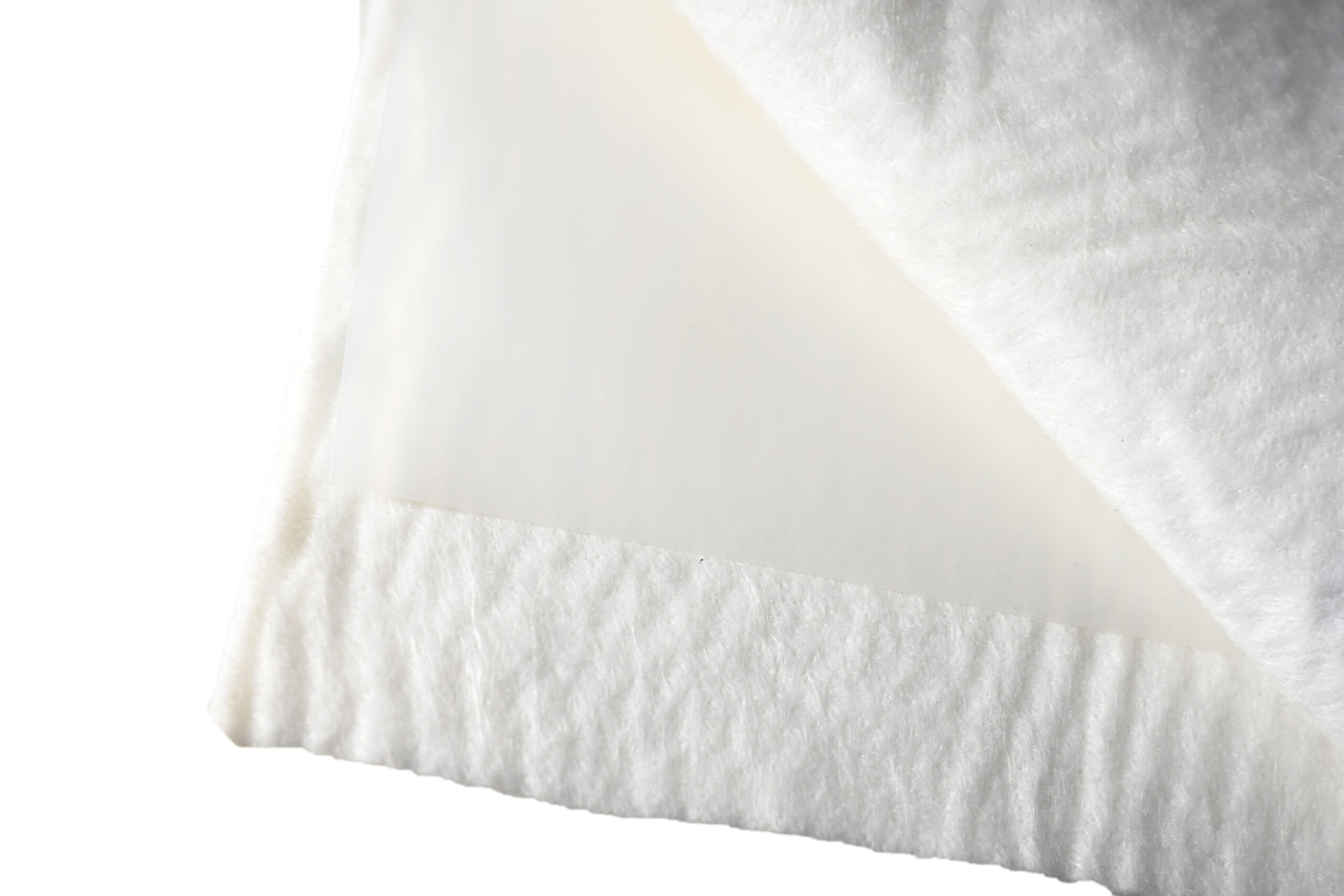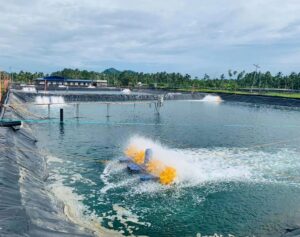How geotextiles prevent environmental pollution
Geotextiles can be used in environmental engineering and land management to prevent environmental pollution, especially in the following aspects:
Waste Management and Landfills: Geotextiles can be used to cover and underline landfills to prevent waste from seeping into soil and groundwater. It can prevent the leakage of harmful substances, thereby reducing environmental pollution.
Wastewater treatment: Geotextiles can be used to make structures such as sedimentation tanks, sewage treatment tanks, and sedimentation tanks to help separate and treat solid particles and pollutants in wastewater. This helps improve the efficiency of sewage treatment and reduces pollution of surrounding water bodies.
River bank and dam protection: Geotextiles can be used to strengthen river banks and dams to prevent erosion and scour. This helps protect the water quality by preventing soil and pollutants from being washed into a river or lake.
Mining and Quarrying: In mining and quarrying, geotextiles can be used to prevent the leakage of particulate materials and chemicals into the surrounding environment. It can be used as a cutoff wall or cover to reduce the risk of contamination of soil and groundwater.
Soil Stabilization: Geotextiles can also be used in soil stabilization projects such as road and railway construction. By strengthening the soil and preventing erosion, it reduces dust and pollution in the soil and improves air quality.
Agriculture: In agriculture, geotextiles can be used to prevent pesticides and fertilizers from leaching into soil and groundwater. It can be used as a permeability barrier to reduce the negative impact of agricultural activities on the environment.
In short, the application of geotextiles in environmental protection mainly reduces the risk of pollution to soil, groundwater and water bodies by preventing the leakage of harmful substances and soil erosion. Selection of appropriate geotextile types and correct installation methods are important to ensure the prevention of environmental pollution, so geotextile systems need to be selected and designed based on specific project needs and environmental conditions.

Why do landfills need geotextiles?
Landfills are sites used for the treatment and disposal of municipal waste and waste. The application of geotextiles in landfills can help reduce environmental pollution, increase the ecological sustainability of landfills, and improve the efficiency of waste management.
Bottom liners: Geotextiles are often used as bottom liners in landfills to prevent waste from leaking into groundwater. This helps protect the quality of groundwater resources by preventing harmful chemicals and waste from leaching into groundwater.
Permeability Barrier: Geotextiles can be used as permeability barriers to prevent rainwater from seeping into the waste pile. This helps reduce the moisture content of the waste, lowers the rate of leachate production and reduces the environmental burden on landfills.
Soil Stabilization: Landfills need to be covered regularly with waste to reduce odors and prevent the spread of waste. Geotextiles can be used to strengthen and stabilize overlays, ensuring they effectively cover waste and resist erosion from wind, rain and other natural forces.
Gas Control: During the landfill process, the decomposition of organic waste can produce harmful gases such as methane. Geotextiles can be used in gas control systems, such as gas collection wells and exhaust pipes, to collect and treat these gases and prevent them from entering the atmosphere.
Slope Stabilization: Landfill slopes need to be stabilized to prevent slope erosion and slope collapse. Geotextiles can be used to strengthen and protect slopes, ensure their stability, and reduce soil loss and garbage scattering.
Ecological Restoration: Once a landfill has reached the end of its life, geotextiles can also be used in ecological restoration projects to help restore the ecosystem surrounding the landfill. It can be used for soil improvement, vegetation restoration and water body protection.
In summary, geotextiles play a key role in landfills, helping to prevent the leakage of pollutants, making the landfill more environmentally friendly, and ensuring that the operation and maintenance of the landfill comply with environmental regulations and standards. Selecting the appropriate type and specification of geotextiles, and installing and maintaining them correctly is critical to ensuring the sustainability and environmental protection of landfill sites.
Author
-

Founded in 2002, Tinhy's team focuses on the manufacturing, marketing, installation, application and research and development of geosynthetic materials.
View all posts




